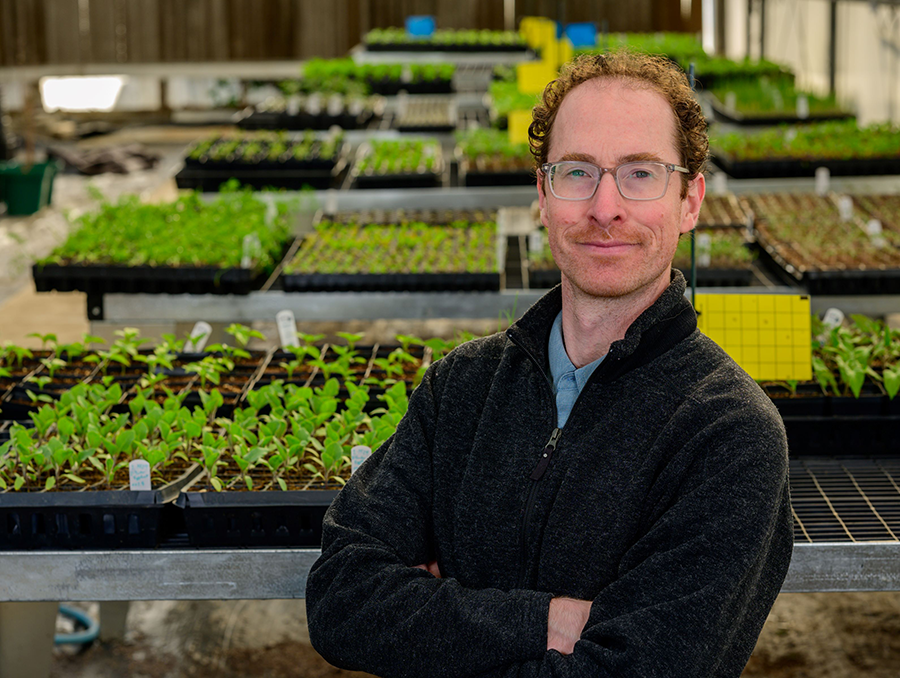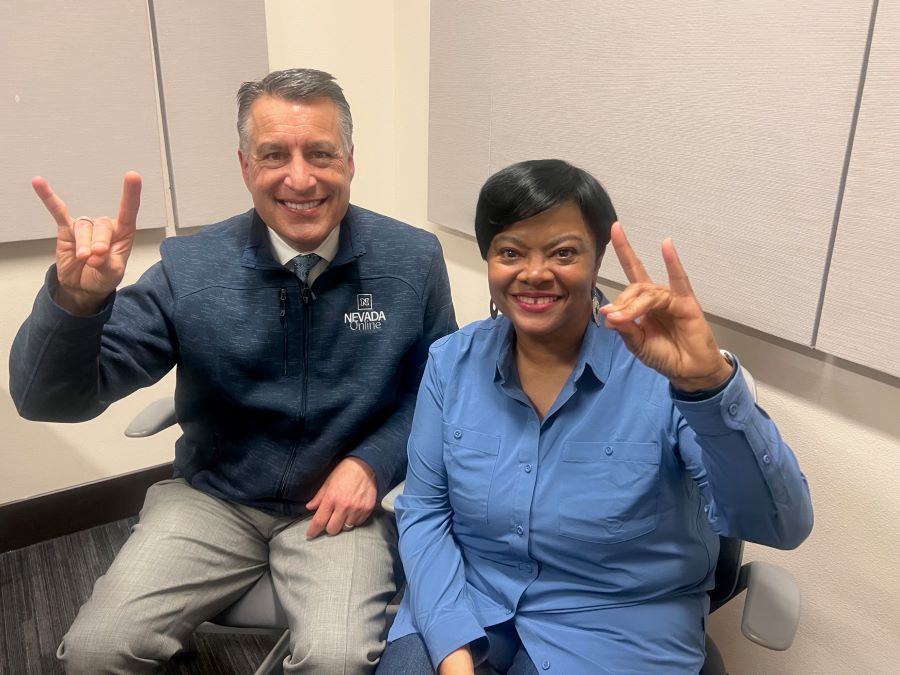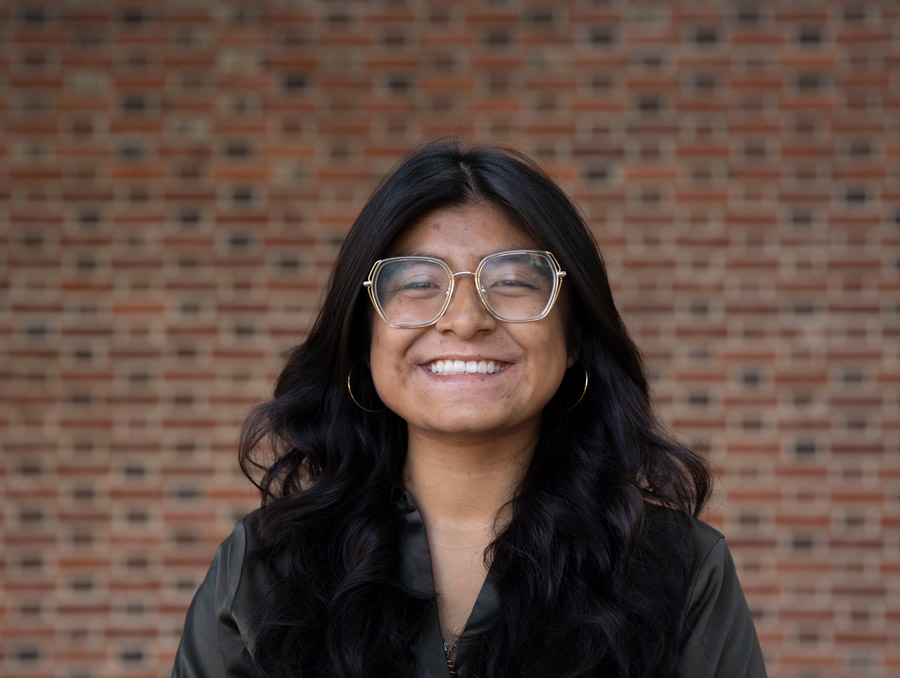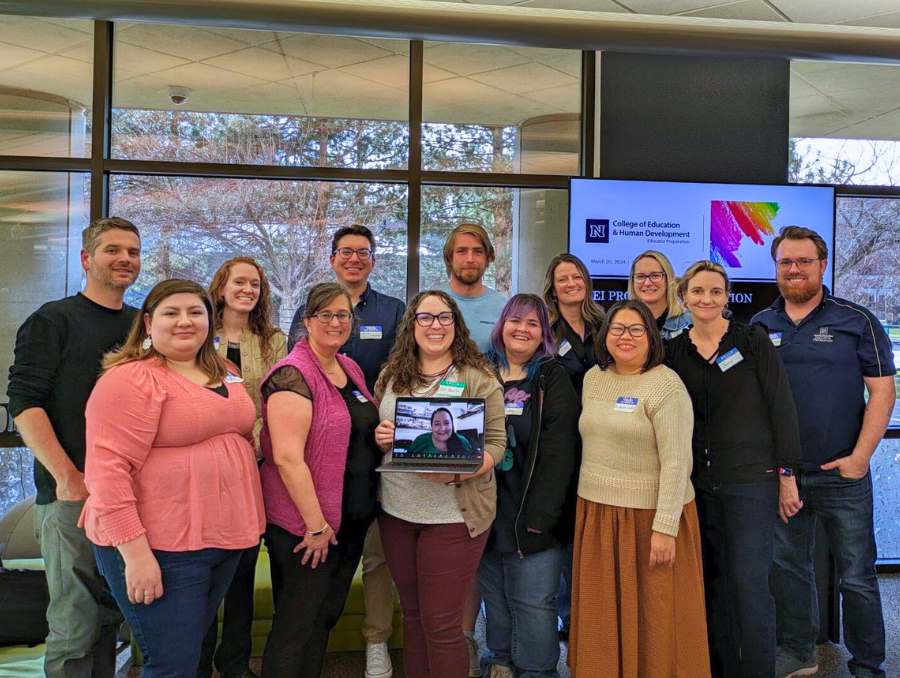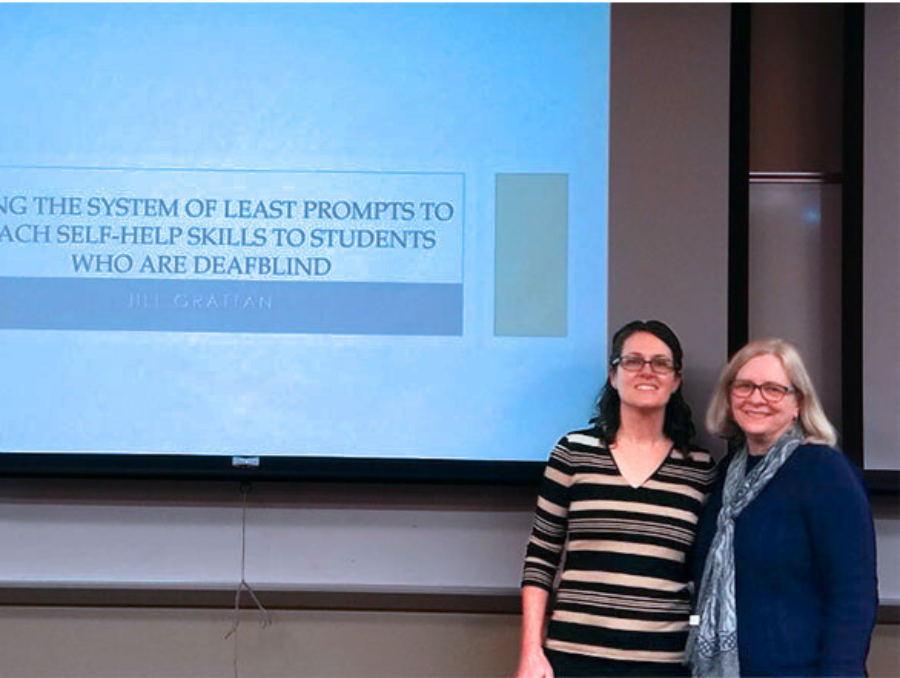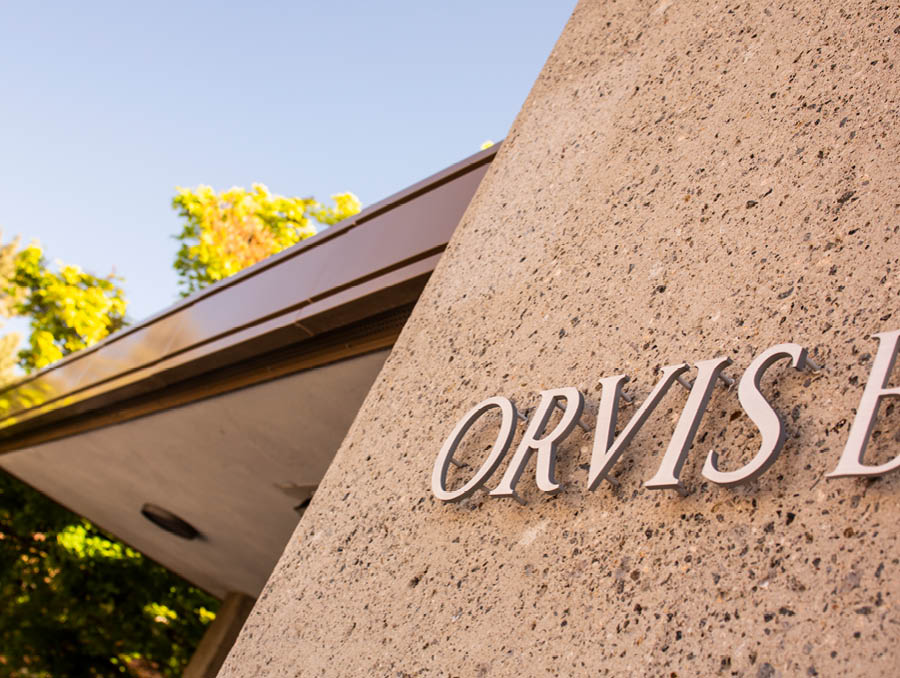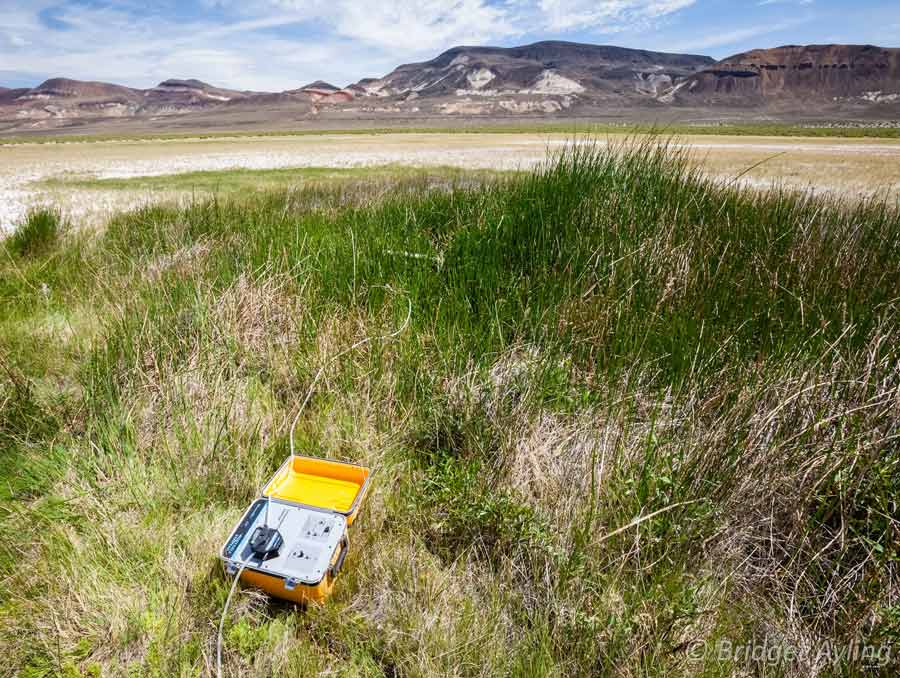Members of Nevada’s fire-service elite – fire marshals, firefighters and community organizers – met with citizens of Nevada’s high- and extreme-fire-hazard communities Thursday, September 18 and Friday, September 19 to share strategies of reducing the wildfire threat to urban, rural and wildland Nevada. Representatives from 28 of the 68 communities rated high- to extreme-risk gathered at the Joe Crowley Student Union at the University of Nevada, Reno with a total of 140 people in attendance.
Forest Schafer, of the North Lake Tahoe Fire Protection District, said the Nevada Wildland-Urban Interface Fire Summit helped to bring everyday citizens and firefighters together in order to tackle the wildfire threat.
“This is an excellent opportunity for fire-service representatives to meet with members of the community,” Schafer said.
Nevadans gathered in a large conference room to hear accomplishment stories from participants who attended the seminar last September. Following a panel discussion, attendees split into smaller groups to gain a focused perspective on different fire-hazard-reduction tactics. In these groups, attendees learned about fire-safe construction materials, defensible space, differences in fire behavior, community designs, fire-suppression capabilities and methods of volunteer recruitment and retention. A fire-risk-reduction vendor show was also available in the fourth-floor ballroom.
Every seat in Room 324 was filled for Ed Smith’s presentation on defensible space and fire behavior. Concerned attendees and fire-service officials lined the back walls to listen to Smith lead one of the five panels on wildfire threat reduction for communities and wild land. Smith, the University of Nevada Cooperative Extension natural resource specialist, stressed the need to be proactive.
“It’s important for us as a state to establish priorities and reduce this threat,” Smith said to a room packed full of concerned Nevadans adding, “it will take a community effort.”
The event, in its second year, saw an increase in attendees since last September. Sandy Gregory, fire management specialist of the Nevada Bureau of Land Management, was pleased with the number of attendees.
“To see this many people in this room is phenomenal,” Gregory said.
Smith said that the event was an all-around success in that it served to unite everyday Nevadans with professional fire-service organizations.
“What was unique about the event that you don’t see in other states was the interaction between community members and fire-service agencies,” Smith said. “It benefits the state a great deal to have that kind of cooperation. We’ve come a long way in developing relations between community members and fire-service agencies.”
Agencies that sponsored the Nevada Wildland-Urban Interface Fire Summit 2008 included: University of Nevada Cooperative Extension, Bureau of Land Management, Nevada Association of Counties, Nevada Division of Emergency Management, Nevada Division of Forestry, Nevada Fire Safe Council, Sierra Front Wildfire Cooperators, State Fire Marshal Division, Washoe County, Elko County and USDA Forest Service.
For more information on the 2008 Nevada Wildland-Urban Interface Fire Summit, please contact Ed Smith at (775) 782-9960 or Sonya Sistare at (775) 856-8403 .




